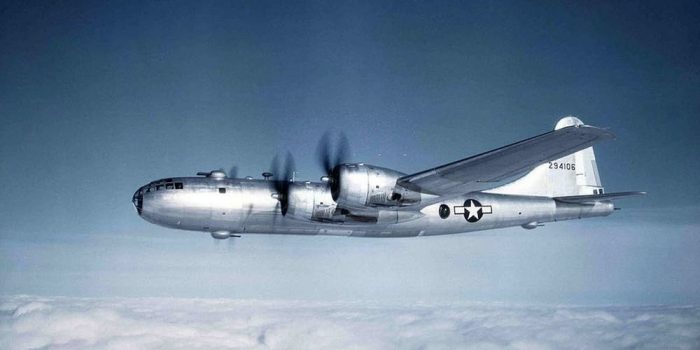While many believe that it was the atomic bomb that led to the victory against Japan in WWII, in reality, the Boeing B-29 Superfortress is what really took the fight from them. Several months before the Bockscar carried the final nail in the coffin, hundreds of the B-29s from the US had taken flight across the Pacific in thousands of sorties and had taken out various Japanese cities and Japan’s ability to fight.
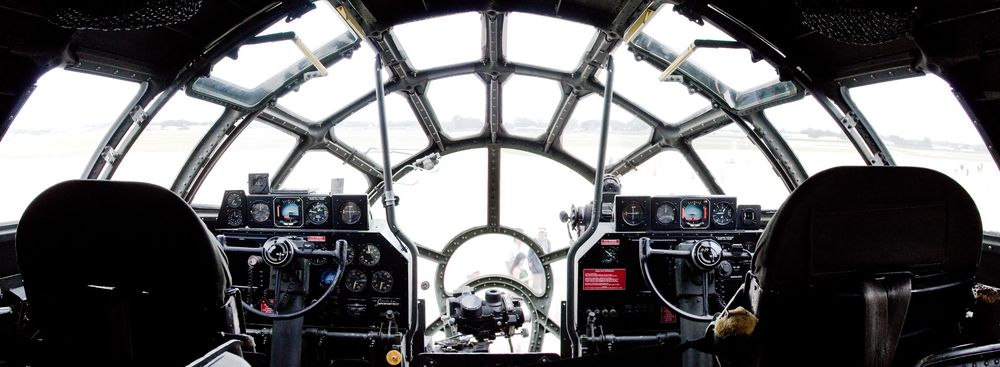
The Boeing B-29 Superfortress was the most advanced aircraft of its time and featured cutting-edge technology, including remote-controlled guns, dual-wheeled, pressurized compartments, insanely powerful engines, and tricycle landing gear. It was capable of carrying up to 20,000 pounds of bombs and drop them at distances of 3,000 miles. It could fly at an altitude of more than 30,000 – an altitude which placed it out of reach for most of the Japanese guns and planes – at speeds of 350 mph. The Boeing B-29 Superfortress was actually a generation ahead when compared with Boeing’s B-24 and B17 and also Luftwaffe’s Junkers Ju 290. Japan didn’t have any advanced bomber, whereas the most advanced bomber that was present in the Soviet air force relied on fabric-covered ailerons, whereas the B-29 was using all-aluminum ailerons.
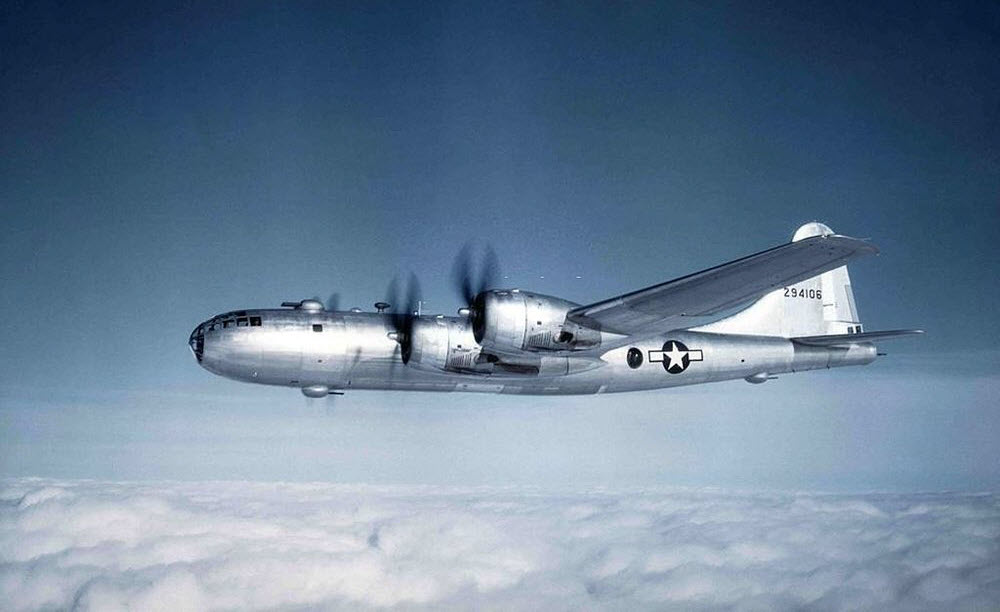
Stalin had been requesting President Roosevelt to provide the Soviet Union with B-29s under the US military aid program. This was an understanding that existed between the Allied nations wherein they were supposed to share food, oil, and materials amongst themselves. The US sent the Soviet Union everything but the heavy bombers. However, Stalin was in luck because the B-29 crews were allowed to land in Russia in case of emergencies. One such emergency in the summer of 1944 led to three B-29s landing in Vladivostok. The three aircraft were General H.H. Arnold Special, Ding How, and Ramp Tramp. The Soviets took them to a facility in Moscow. The crews of the aircraft were sent back to the US after multiple please from the US. However, the planes were never returned.
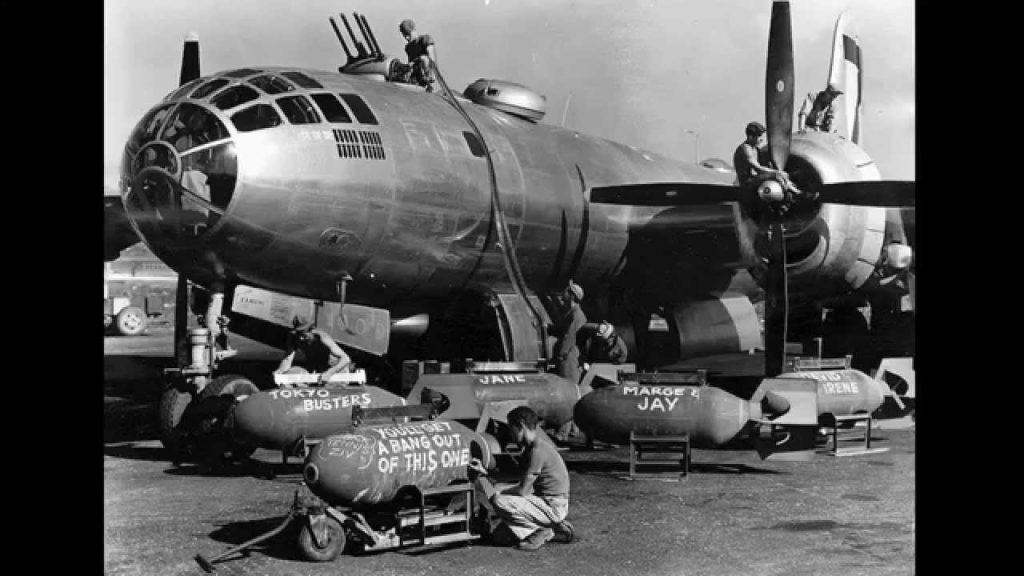
Stalin gave the order to copy the B-29 exactly and thus began the most ambitious reverse-engineering projects ever. Out of the three Boeing B-29 Superfortress, one was taken apart while the second one was kept intact as a reference. The third one was utilized for the test flight. Soviet Union faced a variety of issues while trying to copy the B-29. The Soviet Union lacked the manufacturing capabilities required to create many parts, and thus a number of compromises were made. The .50 caliber machine guns could not be sourced and were replaced with cannons.
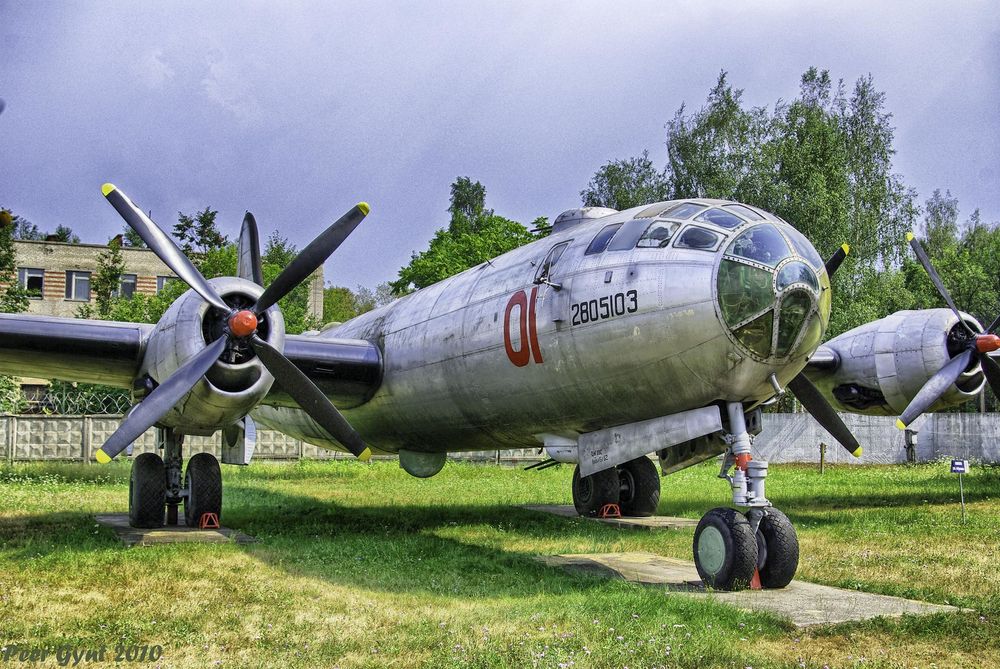
The copying of the central fire-control system also proved to be one of the biggest challenges. It was such a complex task that Andrei Tupolev, who was the lead engineer project, was actually surprised when his team of engineers pulled it off. Soviet Superfortress Tupolev Tu-4 was ready in two years after this, and although there were many challenges, it only weighed 340 kilograms more than the B-29. Both aircraft featured the same wingspan and fuselage length. They both offered the same speed, range, payload, and but the Tu-4 offered a bit higher service ceiling.
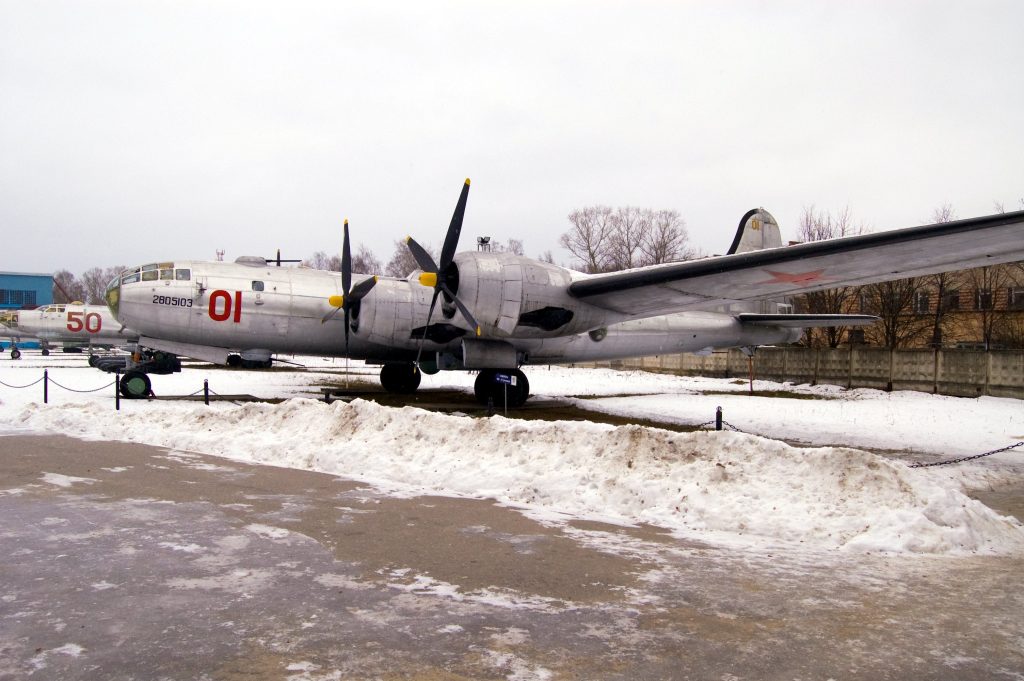
The first batch of Tu-4s was manufactured in 1947 and took flight for the first time on 19 May 1947. By 1952, the Soviet Union had 850 bombers, and the experience gained during the copying and manufacturing process helped the Soviet Union to launch its strategic bomber program.

